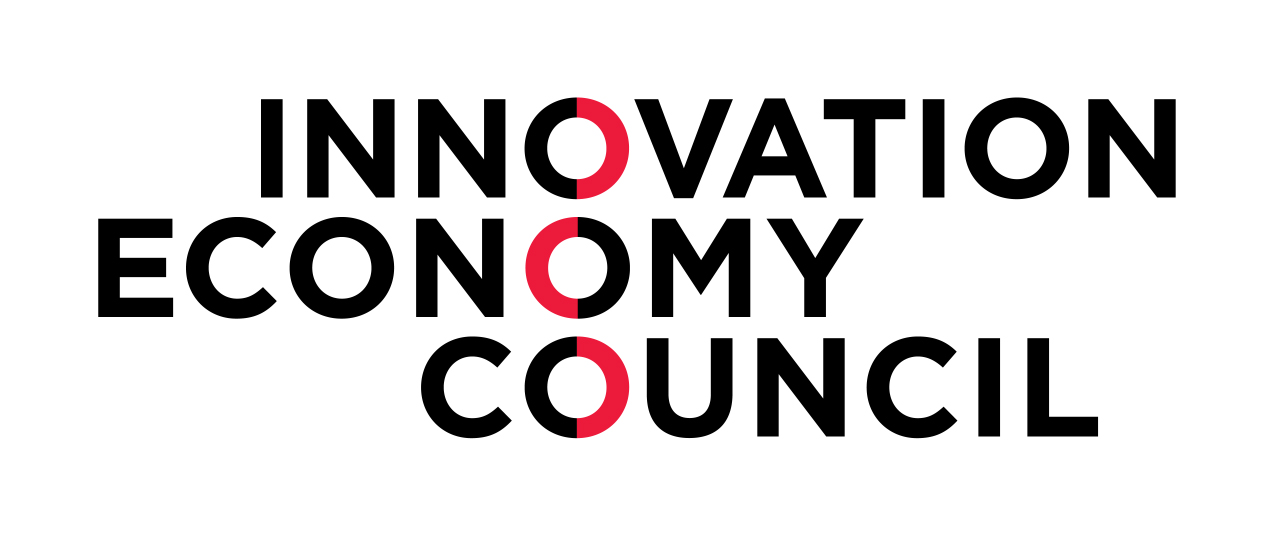How to Attract Top Talent—and Keep Them

It’s no secret. After a banner year for tech company investment, a push to digitize businesses in response to the pandemic and the so-called Great Resignation, employers are scrambling to hire and retain skilled tech employees. A recent KPMG Business Outlook Poll suggests that nearly 80 per cent of Canadian respondents said they needed more employees with tech skills, but 68 per cent were having a hard time finding enough workers to help them grow.
But forget Friday happy hour and free lunches (because, seriously, can anyone stomach having a drink with colleagues over Zoom anymore?). To lure new hires, it’s all about remote positions, generous salaries and signing bonuses according to global human resource consulting firm Robert Half data. Therein lies the rub—at least for start-ups and scaling companies competing not only with local corporations with deep pockets, but with competitors around the world. Suddenly, engineering graduates with shiny degrees and experienced leaders alike no longer must live near Silicon Valley to work in Silicon Valley. With salaries in the U.S. reported to be 30 per cent higher for similar jobs compared to those in Canada, remote and cross-border employment is becoming the new normal.
“The little guys we work with still have the advantage of being nimble, but they’re finding, ‘wow, all of a sudden I’m competing with Amazon, Reddit, Instacart and other big-name companies.’ So, they’re looking at how to set themselves apart,” says Kristina McDougall, managing partner and founder of Waterloo-based Artemis Canada, an executive search firm that works solely with the tech industry.
To stand out in the burgeoning crowd, McDougall has a piece of advice for landing a rock-star employee: don’t bother piling on perks to sweeten the deal. There is no “magic present to make them excited,” she says. The promise of meaningful work and feeling appreciated is enough. And if steep salary increases are an issue, try to tap into something deeper and more profound that speaks to what most people actually want in a workplace: authenticity, transparency and a good overall experience. Here’s what that looks like and what else might tip the scales in your favour.
Make a difference, then tell that story
While they have billions of users, Big Tech companies like Meta and Google may be lacking something some smaller companies have in spades: a solid reputation for making the world a better place. McDougall recommends that small and mid-sized companies think deeply about what makes them a positive change agent and incorporate that message into the hiring process.
“Because if you’re just a money-making machine, good for you. There are people who will work for you, but it’s hard for us to get excited about that—and lots of candidates won’t either,” she says. Meanwhile, employees who go home at the end of the day and know they’ve made a difference in say, healthcare or green energy, feel more connected to the company and the cause. That’s an exciting prospect for many millennial job seekers who value purpose over paycheque.
Look for the mountain climbers
Yes, it is possible to land big names in leadership even if you’re small. Take biotechnology company Antibe Therapeutics in Toronto, which was able to entice Louis Ignarro, a Nobel Laureate from California, to its scientific advisory board. The pharmaceutical industry is risky, particularly for small independents. “You have no idea. It’s like gold mining times one hundred,” says Dan Legault, chief executive officer and director. “The problems are complex. The challenges are huge.” So, it takes a certain kind of leader—a mountain climber as he calls it—who thrives when using their experience and skills to tackle complicated problems.
Fit is a two-way street though. Legault says when he takes potential hires out for dinner to discuss joining Antibe, he lets the person talk for hours and he listens for three personality traits to emerge: kindness, honesty and bravery. With rough terrain ahead, everyone needs to work well together to meet the end goal. Taking the time to find the right person from the start leads to better retention.
Show your hand during the interview
Some mountain climbers are always looking for their next peak and can be persuaded to join a new organization even when it’s in disarray. McDougall recalls a time recently when she found a perfect match between a company and a candidate. The senior level executive wanted a new challenge. “So the company opened up and said, ‘Here’s our broken mess, here are all the things that we need you to fix, and here’s how we’re going to get out of your way and give you autonomy,’” she says. The company saw the candidate’s value and decided to be completely transparent. The gamble worked. He stepped in to help turn the company around.
Be careful with referrals
Launched seven years ago and with 140 employees today, Altus Assessments works hard to compete for talent by giving them fulfilling work, says Rich Emrich, CEO and co-founder. The company’s digital tools help higher education and academic programs gain a more holistic view of applicants beyond just their book smarts. Because employees who choose purpose over top paycheque likely know people who feel the same way, it would make sense to lean on referrals for new hires.
But not so fast. “You have to be careful,” says Emrich. “Referrals tend to reinforce the diversity you have, versus the diversity you want.”
Appreciate what those U.S. salaries get you
If you’re willing to pony up more to match U.S. salaries and perks, it’s possible to poach Canadian expats and other employees from Silicon Valley—and gain all that valuable executive level know-how, something that some say there is still not enough of in Canada. In other words, you get what you pay for. No wonder Canadian fintech companies Wealthsimple and KOHO are filling their gaps with American talent along with other successful start-ups like childcare software company, HiMama in Toronto. “For scaling tech companies, it’s sometimes necessary to reach outside of the pool we have here and consider candidates in the U.S.,” Emrich explains, pointing out that two of his top-calibre talent still live south of the border. “Yes, that comes with a large price tag, but it comes with a commensurate increase in experience as well.”
Look further afield
Over the past few years, Altus Assessments has hired senior developers from Columbia, Brazil and the Philippines. Using screening company VanHack, Altus used the government’s Global Talent Stream program that allows companies to access highly skilled workers around the world.
“That government program has done more for the Canadian tech scene than I can possibly say,” says Emrich, adding that it took a mere six weeks each to bring the senior developers on board—about as long as it takes to entice someone with similar skills away from a Canadian competitor. “We don’t just have people competing for the same talent pool, we’re actually expanding the talent pool. It’s going to pay dividends for decades to come.”
Give them some love
Instead of trying to get a bargain on the sly or keeping opinions close to the chest, it’s time to get a little emotional. McDougall calls the process, “love bonding,” a soft-skill currency that could turn the tide and convince the candidate to take your offer. Tell the person why you’re so excited to have them on board and what you think they can bring to the table. McDougall admits not everyone is comfortable being so effusive, so she coaches them to open up and be authentic. Because everyone wants to be wanted, right?
